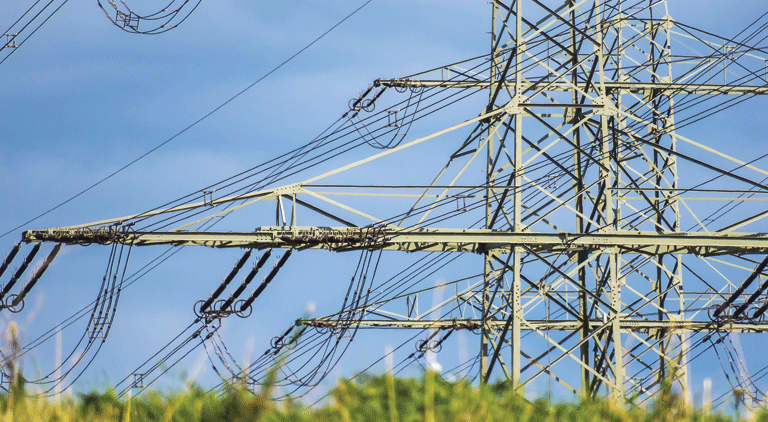Why India needs to improve generation capacity
By EPR Magazine Editorial January 9, 2020 11:23 am IST
By EPR Magazine Editorial January 9, 2020 11:23 am IST

It is expected that India will see foreign participation in the development and financing of generation and transmission assets.
The most diversified in the world, India’s power sector is undergoing a remarkable change. Growth of cities, electrification of villages, development of new industries, expansion of existing ones, increased utilisation of air conditioning, growth in the electric vehicle market, are some of the factors that contribute to the increase in electricity demand in India. With continuous fiscal growth and the Government of India’s centre of interest on securing power for all, the power generation and capacity addition in the country has expedited, making India the world’s third largest producer of electricity today.
Our country has an installed power generating capacity of 356.100 GW as of 31st March 2019 and over the last five years, India put up a 99.21 GW of additional capacity, generating 1.2 trillion units of electricity each year. India’s total population is 1.37 billion out of which 85 percent of people have access to electricity, according to reports the gross electricity consumption was 1,149 kWh per capita in the year 2017-18. Hence, it is clear that India is aspiring to generate ambitiously.
Renewable energy, in contrast, is more economical to install and commission than thermal-based power, besides enabling growth and environmental conservation. While the government has taken many laudable steps towards a greener future, India has already achieved 23 GW of solar installations with another 40 GW of solar power being at different stages of bidding and installation. Also, India is the third largest solar power market in the world after China and the US.
India’s rapid growth over the past decade has increased power demand and to balance the same in a tropical country like India, it is important to balance the ecosystem through developing technologies which are economically viable to harness the abundant solar energy. With the robust outlook of the sector,
We use cookies to personalize your experience. By continuing to visit this website you agree to our Terms & Conditions, Privacy Policy and Cookie Policy.